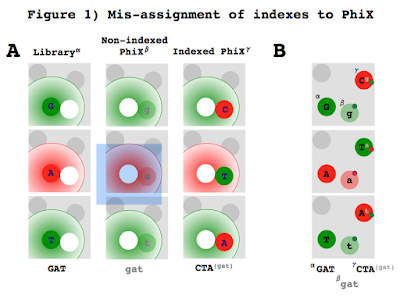Illumina stock dropped 25% after a hammering by the stock market with their recent announcements that Q3 revenues would be 3.4% lower than expected at just $607 million. This makes Illumina a much more attractive acquisition (although I doubt this summers rumours of a Thermo bid had any substance), and also makes a lot of people ask the question "why?"
The reasons given for the shortfall were "a larger than anticipated year-over-year decline in high-throughput sequencing instruments" i.e. Illumina sold fewer sequencers than it expected to. It is difficult to turn these revenue figures and statements into the number of HiSeq 2500's, 4000's or X's that Illumina missed it's internal forecasts by, but according to Francis de Souza Illumina "closed one less X deal than anticipated" - although he did not say if this was an X5, X10 or X30! Perhaps more telling was that de Souza was quoted saying that "[Illumina was not counting on a continuing increase in new sequencer sales]"...so is the market full to bursting?
The reasons given for the shortfall were "a larger than anticipated year-over-year decline in high-throughput sequencing instruments" i.e. Illumina sold fewer sequencers than it expected to. It is difficult to turn these revenue figures and statements into the number of HiSeq 2500's, 4000's or X's that Illumina missed it's internal forecasts by, but according to Francis de Souza Illumina "closed one less X deal than anticipated" - although he did not say if this was an X5, X10 or X30! Perhaps more telling was that de Souza was quoted saying that "[Illumina was not counting on a continuing increase in new sequencer sales]"...so is the market full to bursting?




